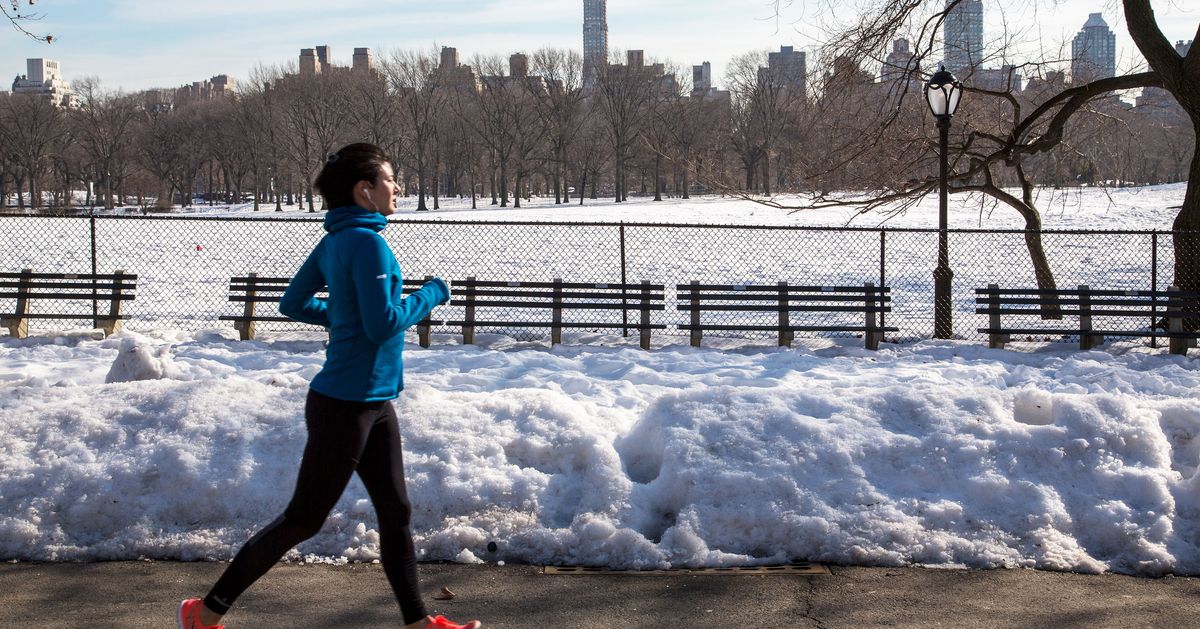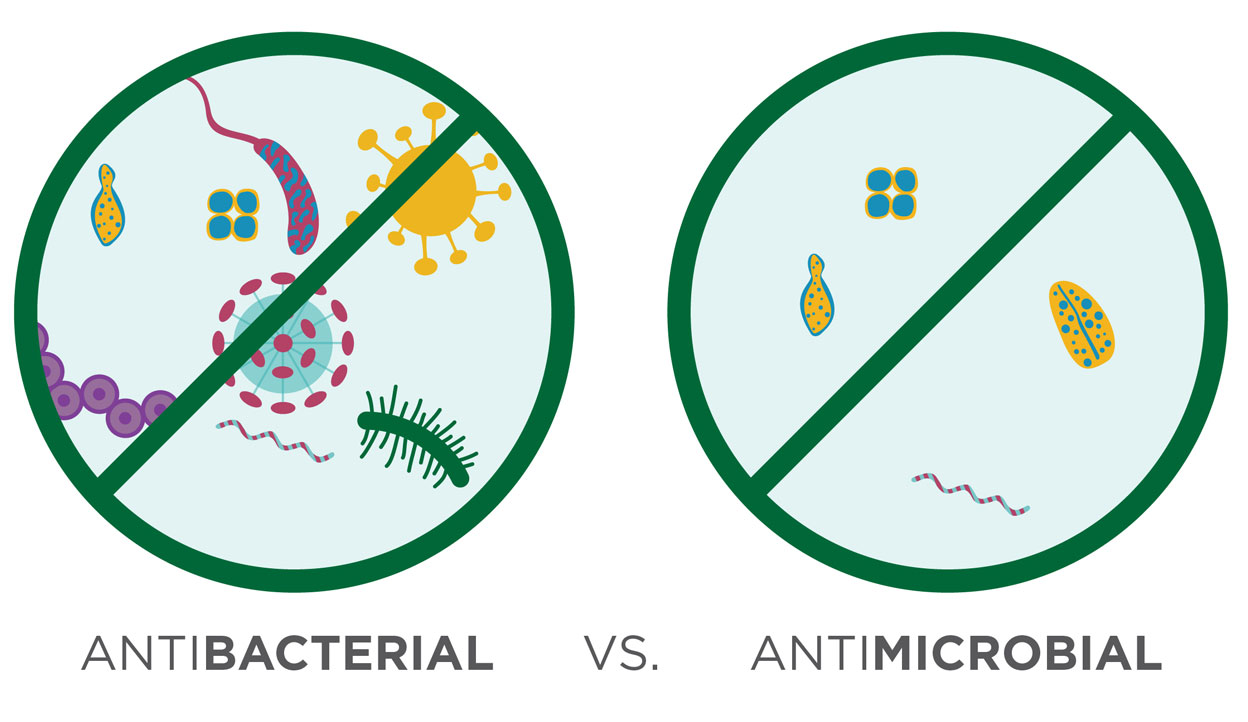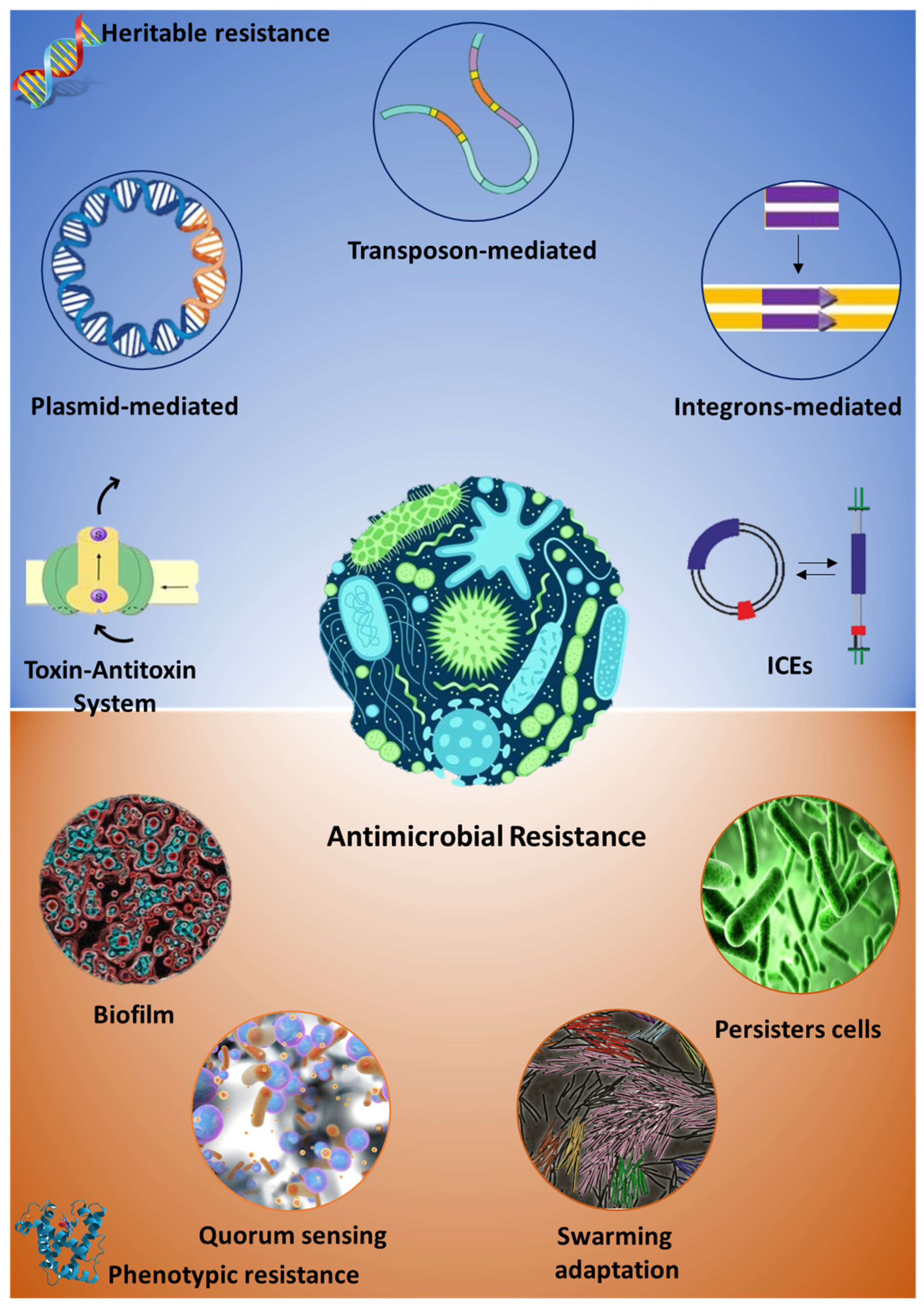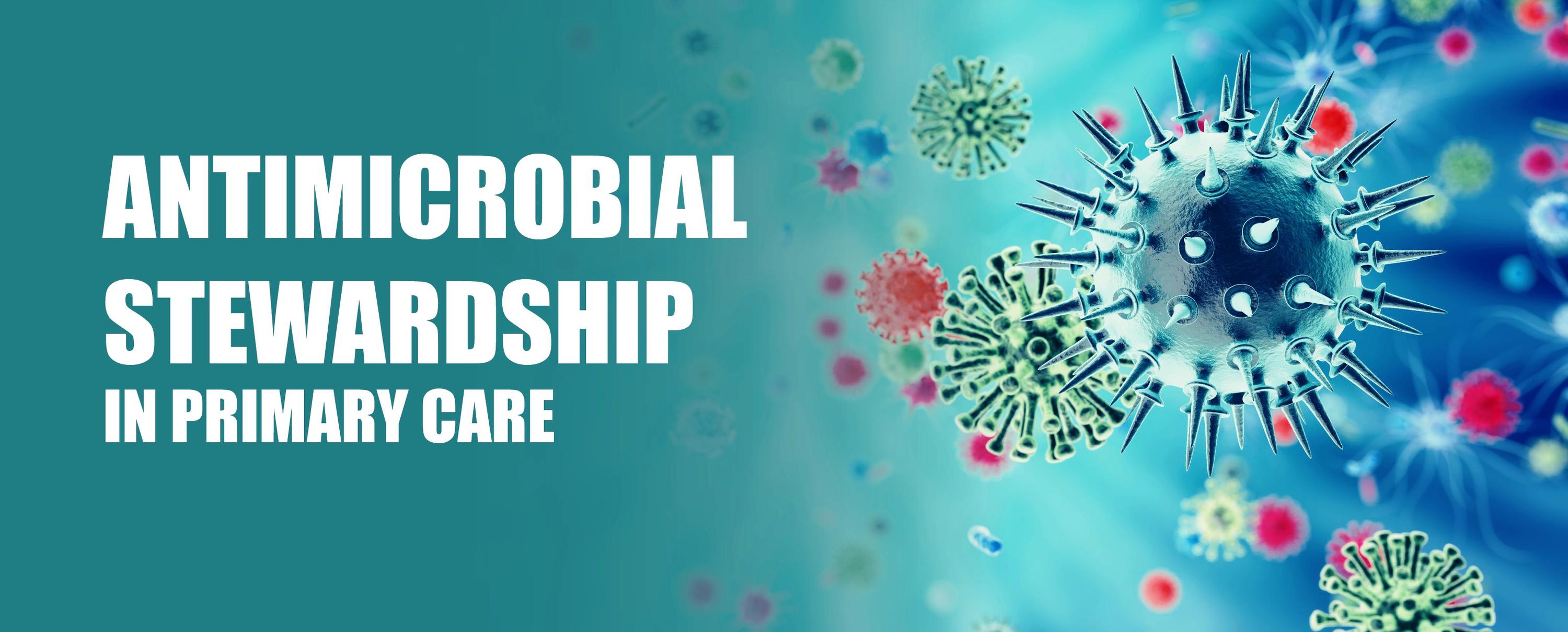Should we be Anti all Anti-Microbial Products? Office for Science and Society - McGill University

We received a question about antibacterial soaps, namely why should or shouldn’t we be using them? And if we’re supposed to avoid antibacterial soap, why is Purell, an antimicrobial agent, allowed? Let’s start with a definition; a microbe, better known as a microorganism, is any single-celled organism. This includes bacteria, fungi, algae, protists (non-animal, plant or fungus organisms), archaea and more. Antimicrobials can generally be split into 4 sub-categories: antibacterials (also called antibiotics), antifungals, antivirals and antiparasitics. Bacteria are microbes, so if something is antibacterial, it is also antimicrobial, as it is at least ‘anti’ 1 type of microbe. But, something could be antimicrobial without being antibacterial. Generally humans are mostly concerned with antibacterial and antivirals, since bacteria and viruses cause most of our illnesses. So the antimicrobials put into soap, cleaners and other household products are generally antibiotic and/or antiviral in nature. One antimicrobial in particular, triclosan, was used a lot. Triclosan is an antibacterial and antifungal agent discovered in the 1960s. It works as a bacteriostatic at the concentrations seen in household products, meaning that it stops bacteria from reproducing, specifically by inhibiting a bacterial enzyme necessary for fatty acid synthesis. Without this enzyme, the bacteria are unable to grow their cell membranes and divide. Humans don’t have this enzyme, so triclosan is totally benign to us, or at least that’s what we thought. In 2016 the FDA banned triclosan, and several other common antimicrobial ingredients. This decision was partly due to the discovery that triclosan functions as an endocrine disruptor. This means that triclosan molecules could bind to androgen and estrogen receptors in our bodies and make our bodies believe that they had either increased or decreased levels of hormones, both of which come with a range of health effects from tumours to sexual dysfunction. But I did say the FDA’s decision was only partly based on the health effects of triclosan, which turns out to only be a very weak endocrine disruptor, potentially too weak to even cause any ill effects. So why do we no longer have antibacterial soaps? Well, there are 2 reasons. First, there are concerns that the use of antibacterial agents is contributing to the development of antibiotic resistant bacteria. Widespread antibiotic use puts evolutionary pressure on bacteria, causing only the antibiotic resistant bacteria to live and grow. Over time, this has meant that greater portions of bacterial populations are resistant, and are therefore more difficult to treat once they infect someone. This antibiotic resistance isn’t limited to the antibiotic used either. Studies have shown that triclosan exposure increases the risk of bacteria developing cross-resistance to other antibiotics. Really we should be concerned about not only antibiotic resistant bacteria, but all antimicrobial resistant microbes. Antifungal resistant funguses and antiviral resistant viruses could be major problems down the road. But where triclosan and other antimicrobials found in household products are concerned, the risks for antimicrobial resistance are all ‘potential’. Various studies are far from certain that their use will cause antimicrobial resistant microbes, but they all agree that it’s a possibility. Much more important however is reason 2 - they don't work. Several studies found that triclosan (and other antimicrobial) containing soaps were no more effective than normal soap at reducing bacteria or virus levels on hands. People who washed with antimicrobial soap got ill at similar rates to those who used normal soap. So why does the FDA ban not apply to hand sanitizer then? Isn’t Purell contributing to the rise of the superbug? The answer lies in how hand sanitizer works. While triclosan stops bacteria from growing or reproducing by inhibiting fatty acid synthesis, ethanol (the only active ingredient in Purell) denatures cell’s proteins, causing bacterial, fungal and even some viral cells to dissolve. It’s simply much more effective, leaving few (if any) microbial cells alive. Even if they do survive, there is no mechanism for microbes to develop resistance to ethanol. @AdaMcVean Want to engage with this content? Comment on this article on our Facebook Page!

Annual Conference Online 2021

Department of Medicine Annual Report 2023 by University of Miami

Is That a Fact?: Frauds, Quacks, and the Real Science of Everyday

Department of Chemistry UCI Department of Chemistry
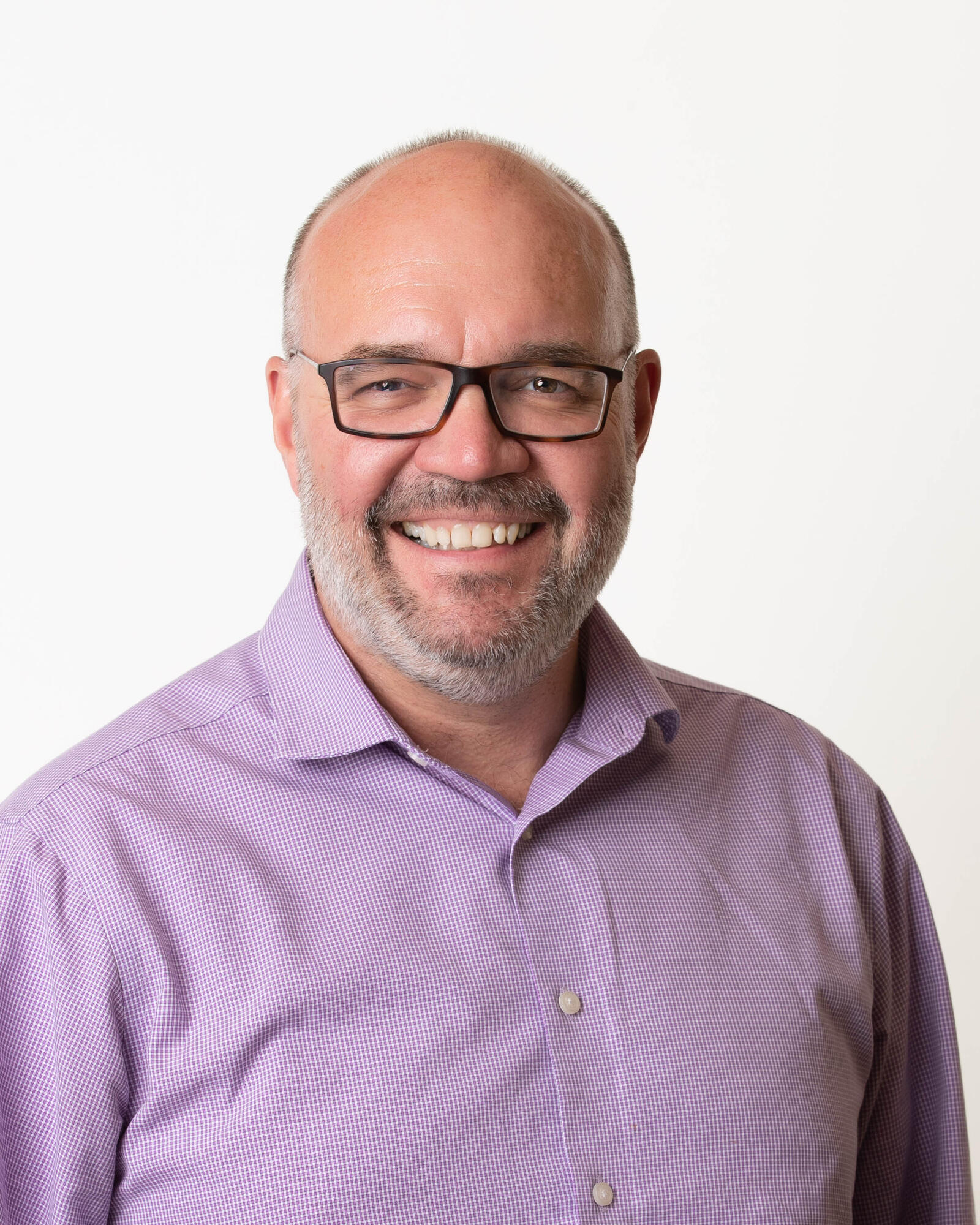
2022 Sessions & Speakers Microbial Sciences Initiative (MSI)

Research Infosource Inc. :: Feature Editorial - Solving Global

Maple Syrup: New Way to Fight Antibiotic-Resistant Bacteria? - WSJ
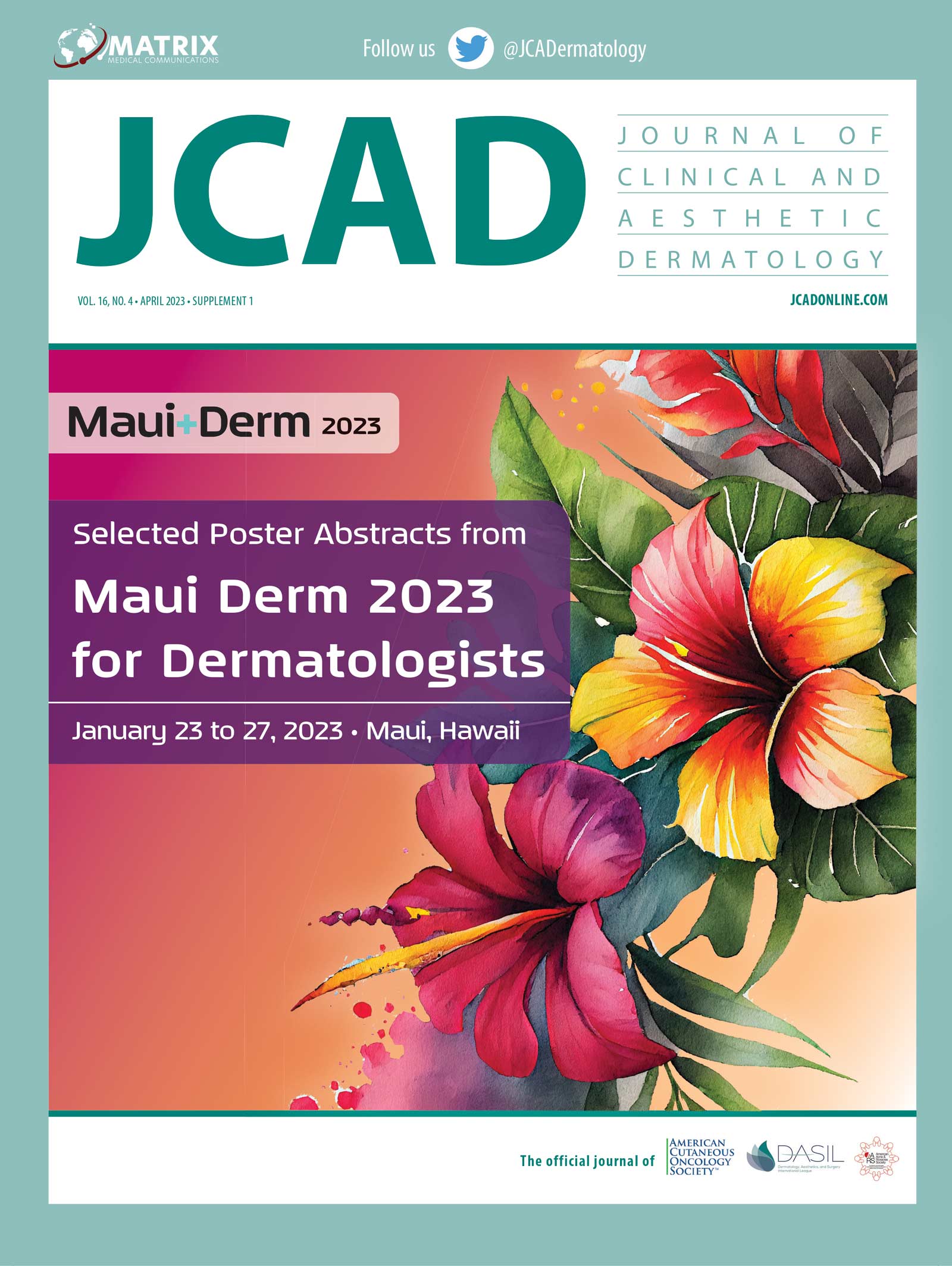
Selected Abstracts from Maui Derm 2023 for Dermatologists
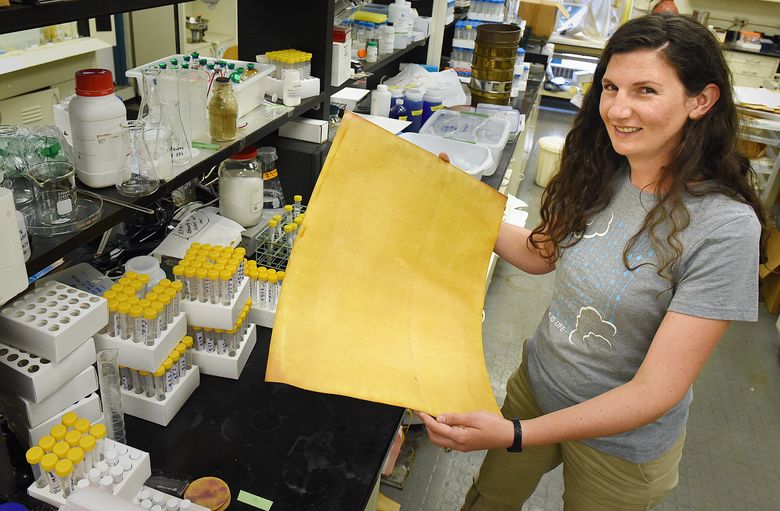
Need clean water? Take a page from researcher's book

S.O.S! Could UV Light Disinfection Help Save us All From Covigeddon?

Is That a Fact?: Frauds, Quacks, and the Real Science of Everyday

